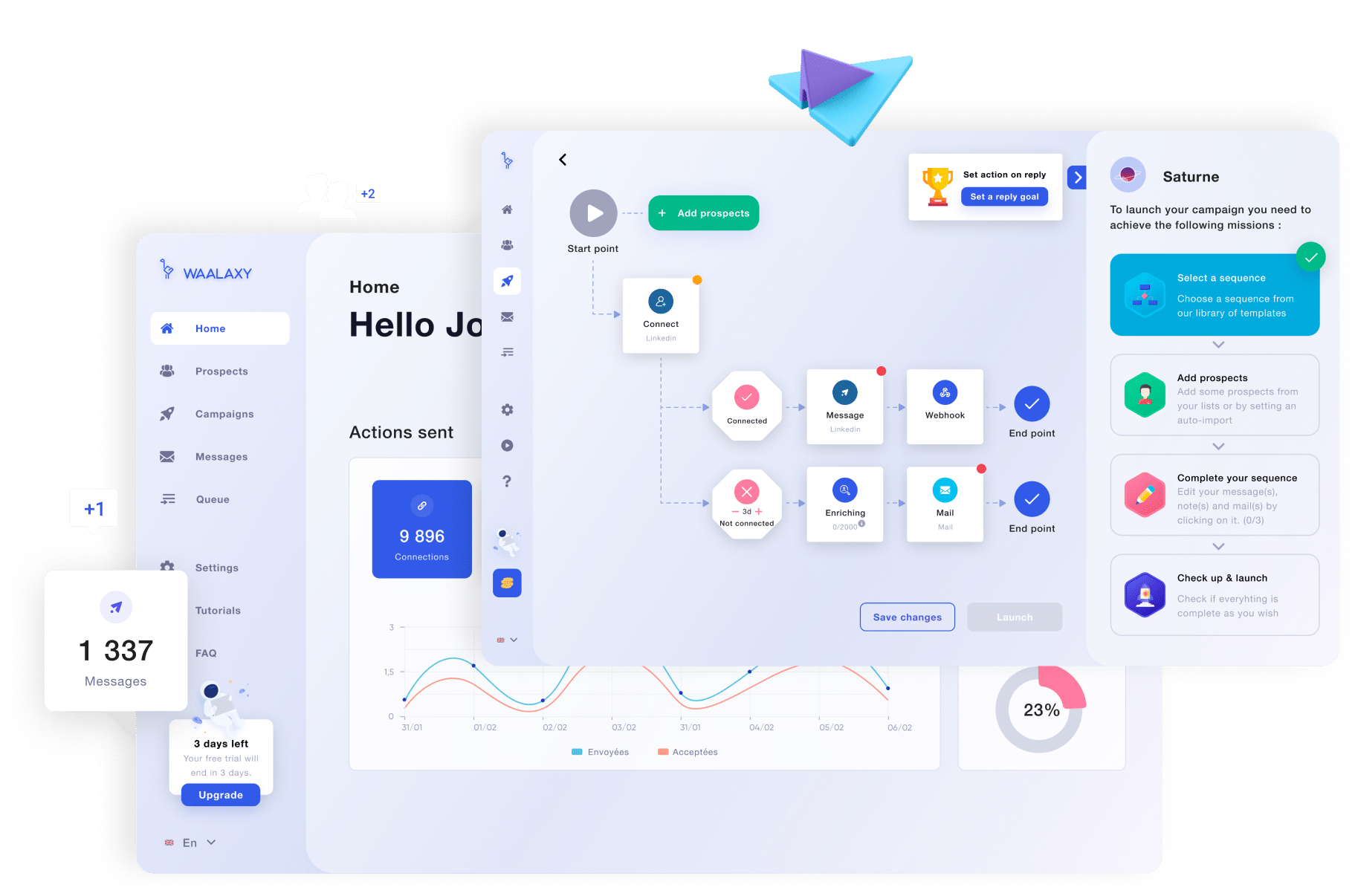Generate and increase website traffic with LinkedIn: is it possible? 🔥
In the B2B market, LinkedIn is establishing itself as a must-have visibility platform but also as a qualified traffic source for professionals.
Here’s how to integrate LinkedIn into your marketing strategy and make it a key part of your content marketing strategy to drive traffic and sales.
Use discussion groups to drive and increase website traffic with LinkedIn
Search for LinkedIn groups related to your business and identify content that may be of interest to these communities to produce and share. The goal is to participate in discussions to build your legitimacy and improve the reach of your publication.
Also, don’t hesitate to create your own community and encourage professionals to join you. The goal is to share information that may be of interest to them, and not just talk about your company and its offerings in order to create interest and engagement. In fact, we strongly advise you to avoid making sales pitches in groups. You’ll get better results by sharing interesting information rather than flaunting your sales pitch.
Increase website traffic : Write articles on LinkedIn
As you may have noticed, you have several options for posting on LinkedIn. Among the options, you can choose the “Write Article” button and as the name suggests, write an article.

A well-known strategy is to take the content of your blog and publish only a part of it in order to offer a link to consult the rest on your website. The goal is to generate interest and traffic to your blog.
We advise you to keep a certain frequency of weekly publications to improve your notoriety and to enlarge your audience. Don’t forget to use hashtags so that your posts have a reach that goes beyond your network.
There you have it, now you know how to drive traffic to your site with LinkedIn! 🚀
How do you differentiate your different traffic sources?
The traffic sources of a website allow you to identify the origin of the visitors of a website, they can be found in particular in the analysis reports (such as google Analytics). Traffic sources are often categorized into 5 families:
- Organic traffic: Traffic from search engines. This can be natural (SEO) or paid (SEA)
- Direct traffic: Visitors land on the site by typing directly the url in their browser.
- Social traffic: Traffic acquired from social networks (Linkedin, Facebook, Twitter, …).
- Referral traffic : Traffic coming from citations (or backlink) of other websites
- Email traffic: Traffic from email links: email signature or email campaign.
When creating a website, it is essential to anticipate the different sources of traffic in order to deliver appropriate content to all targets. The support of a communication agency can be interesting to optimize the multichannel strategy of a website.










